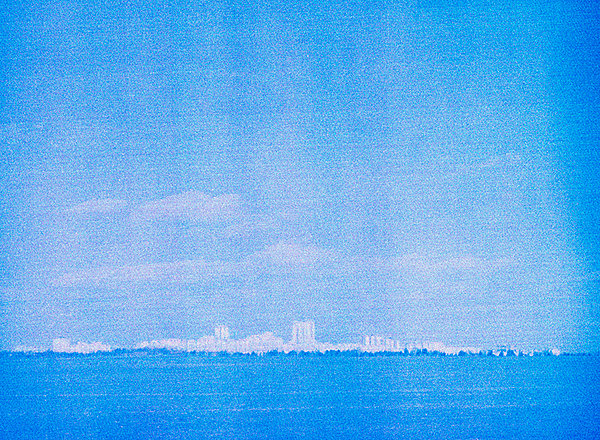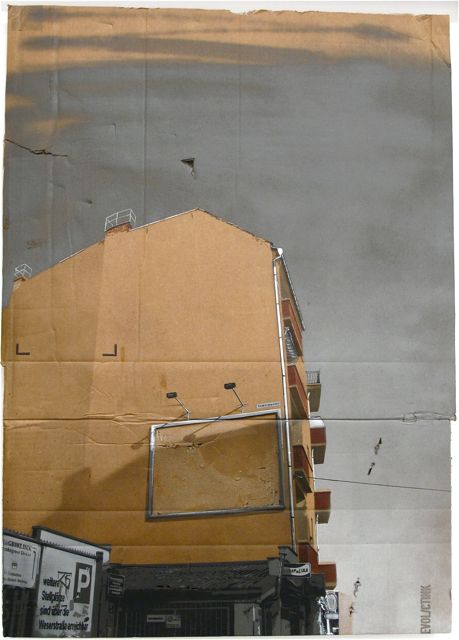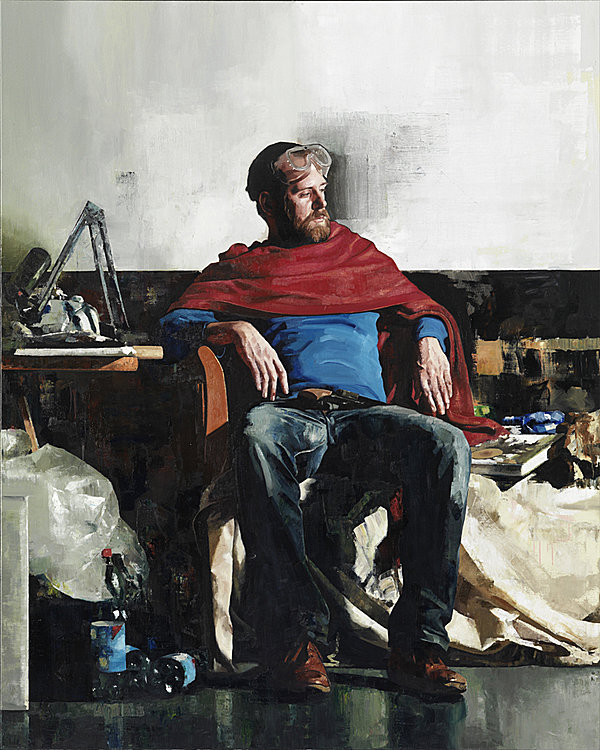|
|


ADVERTISEMENT
Buy Your own advertising
spaces!
.
Download Adobe Acrobat Reader to open [PDF] files.
Recent Visitors
A choice selection: art in the German Pavilion
2009. 2 December
 (expo2010-germany.com)
In a call for submissions published via various art associations and other relevant institutions, artists were asked to enter works for the balancity lounge, which will host numerous representatives of China and other countries during EXPO 2010 in Shanghai. The aim was to ensure the international audience gets an insight into Germany’s pulsating art scene – be it painting, graphics or photography. By the submission deadline, 25 September 2009, the German Pavilion’s directors had received 91 applications.
(expo2010-germany.com)
In a call for submissions published via various art associations and other relevant institutions, artists were asked to enter works for the balancity lounge, which will host numerous representatives of China and other countries during EXPO 2010 in Shanghai. The aim was to ensure the international audience gets an insight into Germany’s pulsating art scene – be it painting, graphics or photography. By the submission deadline, 25 September 2009, the German Pavilion’s directors had received 91 applications.
To begin with, two representatives of the “Städelschule” State Academy of Fine Arts and the Centre for Art and Media, along with the architect and the creative director of the German Pavilion, drew up their own shortlists, in a process involving the Federal Government Commissioner for Culture and the Media, from among the works submitted. Six artists were then nominated on the basis of the shortlist selections to display their work in two areas of the lounge for one month each. In the words of the selection committee, the photographic works, spray art and paintings chosen “exhibit an impressive level of artistic quality, reflect the international significance of the German art world and harness the idea behind ‘balancity – a city in balance’.”
 First up, in May 2010, will be EVOL, about whom the “Die Welt” newspaper wrote on 23 May 2009, “EVOL is the pseudonym of a Berlin street artist who, when he’s not decorating urban landscapes, mainly works with discarded cardboard packaging, which he sprays with meticulous attention to detail using a sort of stencilling method. He integrates […] original information on the cardboard into his works. Hyperrealistic details, reflecting an astonishing choice of perspective and covering very small areas, are the hallmark of his technique, which oscillates between painting and graffiti.”
First up, in May 2010, will be EVOL, about whom the “Die Welt” newspaper wrote on 23 May 2009, “EVOL is the pseudonym of a Berlin street artist who, when he’s not decorating urban landscapes, mainly works with discarded cardboard packaging, which he sprays with meticulous attention to detail using a sort of stencilling method. He integrates […] original information on the cardboard into his works. Hyperrealistic details, reflecting an astonishing choice of perspective and covering very small areas, are the hallmark of his technique, which oscillates between painting and graffiti.”
Tom Fleischhauer employs an “impressionist” painting method to create photo-like snapshots in a variety of grey hues, like early 21st century genre paintings. His work focuses on city life and people in public urban spaces. Fleischhauer’s paintings depict scenes from everyday life, fleeting moments, in which time and the hustle and bustle seem to pause for a few seconds.
 The classical-style oil-on-canvas paintings by Sebastian Schrader draw on the wealth of well-known myths and motifs from past art movements. At first glance, his figures and scenes have an almost Old Master look to them and it’s only when you take a closer look that you see they’re made up of fragments composed of details (sometimes tongue in cheek) of here and now. With ironic mutation and precise painting, he employs the tradition of the self-portrait and highlights the ambivalence between tradition and the modern age.
The classical-style oil-on-canvas paintings by Sebastian Schrader draw on the wealth of well-known myths and motifs from past art movements. At first glance, his figures and scenes have an almost Old Master look to them and it’s only when you take a closer look that you see they’re made up of fragments composed of details (sometimes tongue in cheek) of here and now. With ironic mutation and precise painting, he employs the tradition of the self-portrait and highlights the ambivalence between tradition and the modern age.
A stroll along the former border and the route of the wall through Berlin reveals a surprising array of terraced housing and estates that were built on the outer edges of (West and East) Berlin as part of 1960s’ and 1970’s urban development projects. Basking in the sun or reflecting its rays, from a distance they seem huge, complex and white – like icebergs floating in the sea. That’s the image the artist Gregor Stephan tries to capture using photographic methods. Visitors to the German Pavilion’s lounge in August 2010 will be able to see how he applies artistic methods to transform the photographs into unusual urban views.
Karlstraße is a street of semi-detached houses on a miners’ housing estate in the Ruhr District. The residents’ homes are “living” houses, constantly sinking due to the mining works. Whereas rainwater used to flow to the left ten years ago, today it flows to the right. The situation led to many of the homes being sold in recent years and their new inhabitants redecorated them. So you see one semi-detached house with a newly painted, colourful façade whilst the other house in the pair still has the patina of decades past. The result is a bizarre, divided housing landscape, which photographer Yolanda vom Hagen has documented in her pictures.
Jürgen Chill’s chosen form of expression is also photography. In the series that will be showcased in the German Pavilion in October 2010, the photographs show rooms that were built for a particular function and are furnished accordingly. The artist manages to capture individuality and architectural consistency with an unusually static view. Not a soul is to be seen in the rooms, which the Essen-based photographer depicts exactly as he found them – from a perspective that’s out-of-the-ordinary and thus fascinating: vertically from above.
Source: www.expo2010-germany.com

